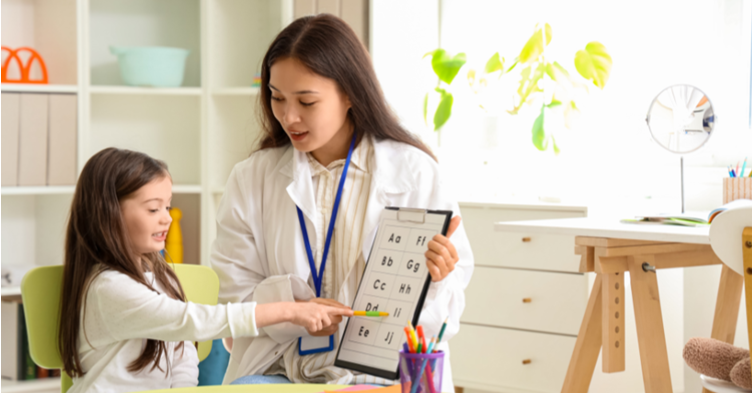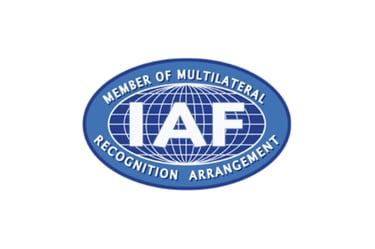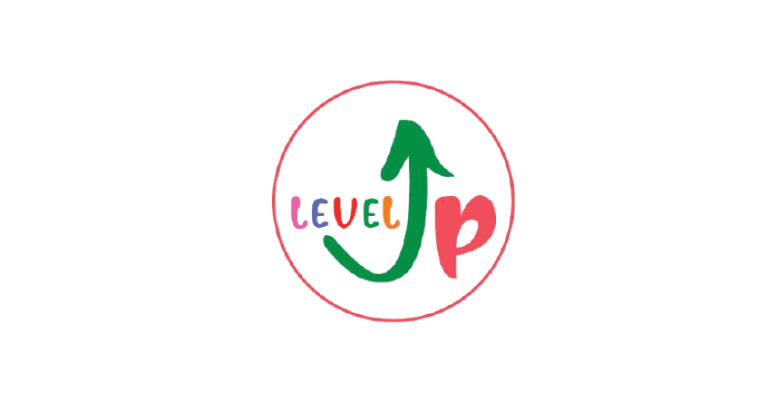Visual & Tactile Learning in Finger Abacus for ECCE
Discover how finger abacus empowers kids with dyslexia & dyscalculia through visual and tactile learning in ECCE. Small hands, big learning leaps!
FINGER ABACUS
LevelUp Online Education
4/23/20254 min read


Tiny Fingers, Big Potential: Reimagining Learning with Finger Abacus
Let’s be honest—math can feel like a foreign language, especially for little learners who see numbers and letters as a tangled maze. Now, imagine trying to solve that maze with dyslexia or dyscalculia. Scary, right?
But what if we told you there's a way to turn that maze into a magical, tactile treasure hunt? That’s where visual & tactile learning in finger abacus for ECCE shines—especially in the world of Early Childhood Care and Education.
What’s Holding Them Back? Understanding the Learning Struggle
Let’s put ourselves in their tiny shoes for a moment.
Dyslexia makes letters and words jump around the page.
Dyscalculia makes numbers feel like puzzle pieces from different sets.
For these kids, standard classrooms can feel like trying to solve a riddle written in invisible ink. And in ECCE, where the foundation is being laid, this can be incredibly overwhelming.
But here’s the twist—their brains are wired differently, not wrongly.
Enter the Hero: The Finger Abacus
Think of it as a superpower hiding in your child’s own hands. The finger abacus is an invisible counting tool that uses finger movements to represent numbers. No complicated beads or heavy equipment—just fingers, imagination, and a little bit of magic.
For ECCE kids, it transforms abstract math into something they can see, touch, and feel. This is where visual & tactile learning in finger abacus for ECCE becomes a gamechanger.
Visual + Tactile = Brain’s Favorite Combo
Ever notice how kids remember a song faster when they dance to it? That’s because when visual and tactile learning come together, magic happens. It's like the brain gets a VIP pass to understanding.
And in ECCE, this means:
Fewer tears
More “Aha!” moments
Learning that sticks like peanut butter on bread
Finger Abacus: A Gamechanger for Kids with Dyslexia & Dyscalculia
Traditional methods often rely heavily on symbols—letters, numbers, equations. But for neurodiverse kids, that’s like asking them to climb a mountain barefoot.
The finger abacus brings math down to earth:
Kids feel numbers in their fingers
They see movement, patterns, and positions
They connect emotion to learning success
This is the heart of visual & tactile learning in finger abacus for ECCE—making math feel less like a mountain and more like a hopscotch game.
Small Hands, Huge Confidence Boost
Here’s something beautiful: the moment a child realizes “I can do this,” their whole world changes.
With every finger tap and every correct answer, their confidence soars. In ECCE, where early impressions matter, this can set the tone for a lifetime of self-belief.
And let’s be real—confidence is the real curriculum.
It’s Not Just Numbers—It’s Connection
Think of the finger abacus as storytelling through touch.
Kids aren’t just learning to count. They’re:
Strengthening memory
Practicing focus
Building logic step by step
It’s a whole-body experience, and visual & tactile learning in finger abacus for ECCE thrives on hands-on discovery.
Every Child Learns Differently. ECCE Should Reflect That.
The beauty of ECCE is that it isn’t one-size-fits-all. It’s about nurturing each child’s potential. Visual and tactile tools like the finger abacus allow personalized learning at a pace that feels just right.
And guess what? Teachers love it too.
Easy to Start, Easy to Love
Worried about complicated setups or steep learning curves? Don’t be. Introducing finger abacus into ECCE classrooms is as simple as:
A training session or two
A bit of practice
And a lot of curiosity
Children pick it up quickly because—it just makes sense.
Parents Say It Feels Like Magic (Because It Kinda Is)
When parents see their child solving sums with joy, they stop worrying about report cards. The finger abacus:
Reduces screen time
Boosts self-learning at home
Turns math into bonding time
It’s the kind of magic you want to bottle up and keep forever.
Changing the Story: From “I Can’t” to “I Did It!”
Let’s stop focusing on what these kids can’t do and start celebrating what they can. ECCE isn’t just about skills—it’s about self-worth, joy, and growth.
Visual & tactile learning in finger abacus for ECCE lets kids write their own success stories—one tap at a time.
Taking It Beyond the Classroom
Here’s the best part: this isn’t just for school.
Finger abacus skills spill into everyday life:
Counting snacks
Dividing toys
Understanding time
These are life skills disguised as math skills, and ECCE is the perfect time to plant those seeds.
Yes, There Are Hurdles (But They’re Worth Jumping Over)
Sure, some people still cling to old-school methods. But innovation always meets resistance at first.
The key? Keep sharing the wins. Show the joy in a child’s eyes. Let the results speak.
Looking Ahead: ECCE with Heart, Hands, and Hope
We’re entering a new era of ECCE—one where inclusion isn’t optional, it’s essential. And tools like the finger abacus lead the way with:
Science-backed strategies
Kid-friendly design
A whole lot of heart
The future of learning is multi-sensory, playful, and deeply human.
Conclusion: Let’s Rethink What Learning Looks Like
If we want children to thrive, we need to teach in ways that feel good to them. The finger abacus isn’t just about math—it’s about connection, confidence, and creativity.
The power of visual & tactile learning in finger abacus for ECCE can transform early education into something joyful, inclusive, and truly impactful.
So let’s teach them with our hearts, engage them with their hands, and remind them every day—they were never behind. They just needed a different way forward.
Northern Hills Supremus, A-306, opp. Northern Heights, Dahisar East, Mumbai, Maharashtra 400068
LevelUp
admissions@leveluponline.in
© 2025. All rights reserved


levelup_online_education




LevelUp Online Education









